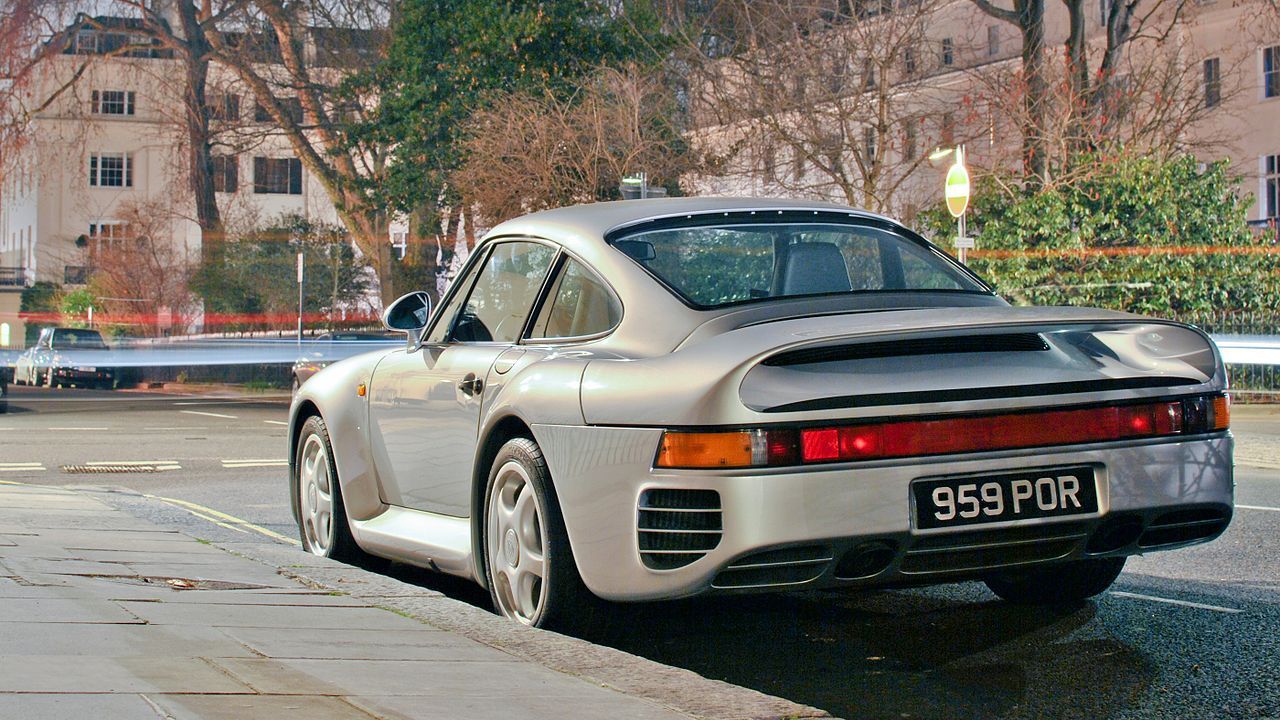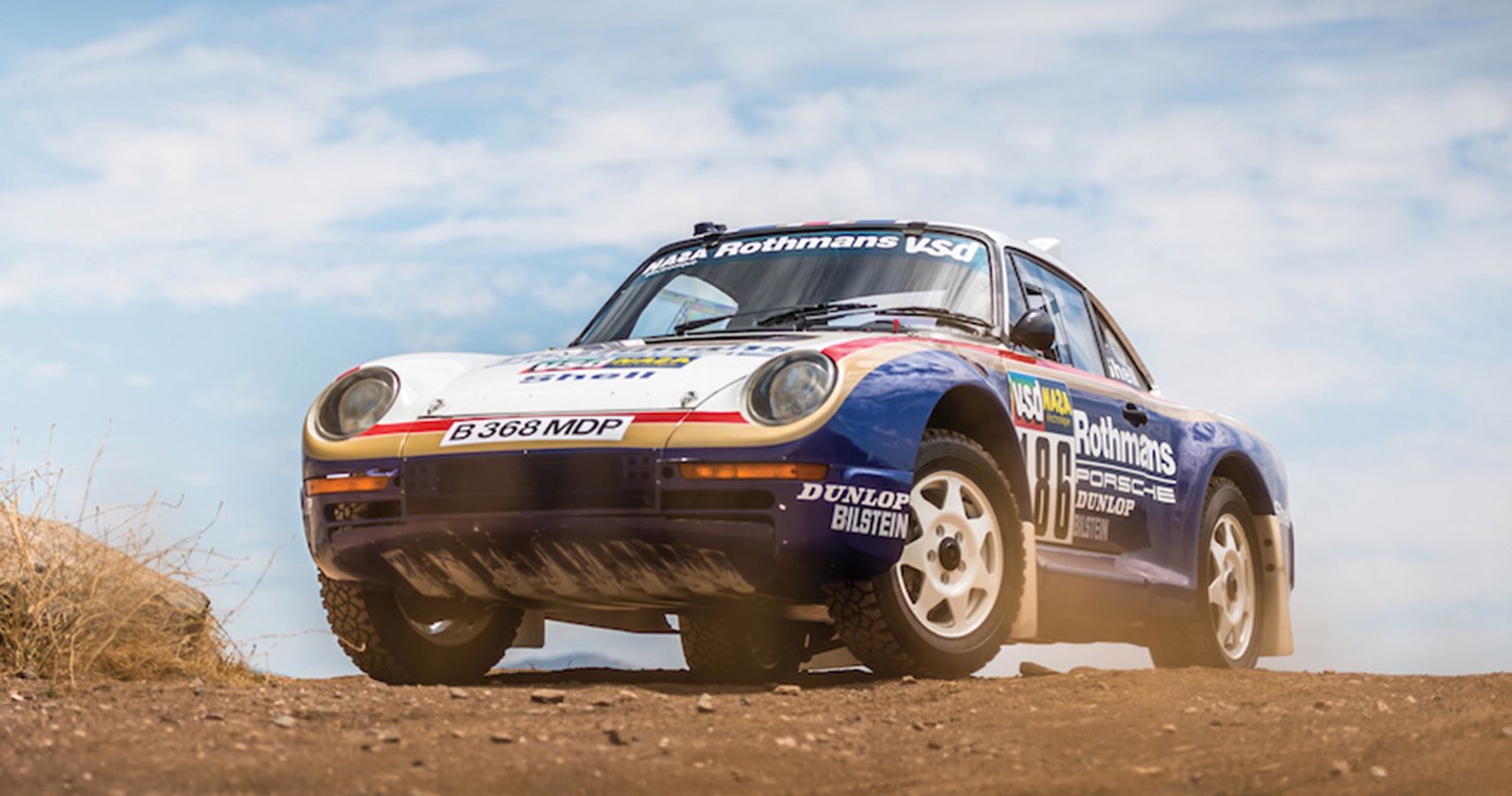The FIA has forever been introducing and removing different categories across the disciplines of racing, rally, endurance, and single-seaters. Most come and go relatively quickly, evolving as the cars and interests of the general public do.
Very few categories get raised into the realm of icons; Group B, however, made a massive mark on racing history. It was launched in 1982 and banned in 1987. It was discontinued after a series of high-profile crashes that resulted in the deaths of both spectators and drivers.
But this category created what is thought of as the golden era of rallying, during which major manufacturers took a shot at producing the most powerful, best-handling, and most exciting cars they could offer, while really taking things to the extreme. The likes of the Audi Quattro, Peugeot 205 T16, and Renault 5 Turbo all gained mythical status during this time, along with entries from MG, and Lancia.
The category was due to be replaced by the even faster Group S, but instead, Group A regulations were introduced, ushering in the era of the Mitsubishi Lancer Evolution and Subaru WRX STI. But before this change, there is one car that rose to the fore that is often forgotten as a Group B contender; the Porsche 959.
Porsche's halo car originally went by the Group B name when underdevelopment and the street-legal versions of the vehicle are one of the rarest within Porsche's catalog because they only needed to produce 200 to meet the homologation requirements that the FIA had set.
By 1993, when the car exited production, only 337 had been manufactured, and Porsche had one more legend to its credit.
The Porsche 959 Was An Awesome Street Car
With such low production numbers required of the 959 for it to be part of Group B, the marque never bothered crash testing it to make it legal for use in the United States, which would have wasted four or potentially more of the car.
With this fact in mind, the 959 became a gray market car with an unknown number being imported to the United States before being tucked away and only really seeing the light of day under show and display rules much further down the line. The 959 is an icon of the '80s in the same way the Countach and Testarossa are, but the German car is more subtle and many ways more refined while still having a 0-60 time of 3.6 seconds.
With the Turbo flat-six engine from the 956 and 962 track cars, the underpinnings of the fast Porsche were proven before they even got to the rally stage. Utilizing a set-up dissimilar to most Porsche of the time, made the engined and all-wheel drive, it is definitely a break from the proceeding 911 models, but this is the innovation that Group B was meant to encourage.
Even more interestingly the 959 broke significantly from the 911's design, but this wasn't uncommon for Porsche, who had produced the 924 and 944 by this point. However, it returned the same style of cabin and headlights, but with a wide rear that generated much more ground force, rectifying the tail-happy nature of the rear-engined, rear-wheel-drive 911.
The 959 was intended not only as a Group B entry but also as an advert for all things Porsche; this is why it retained certain aspects of the 911, the much more affordable offering from the brand. On the track, the 959 went by the name the 961; it saw the entry to Le Mans and came 7th in the IMSA category; it was retired the following year in 1987 after being crashed halfway through the race.
The Porsche 959 Won The Paris-Dakar Rally
By the time the 959 was ready to race and could compete in Group B, it was 1984, in two seasons, the World Rally Championship had been firmly shaken, and the guarantee of Porsche dominance wasn't there. With racing largely being both for a manufacturer's prestige but also for sales, losing was not appealing, especially against the likes of Audi and Peugeot.
So Porsche looked elsewhere for the opportunity to flex their engineering might. They concluded that entering the 959 into the 1985 Paris-Dakar rally, an equally well publicized but less competitive and importantly less costly event would be the right place to deploy the development 959 models. These days a rally like this would be done in a modified Macan model.
But the relatively low slung 959 took the race well, with a modified undercarriage, suspension, mudflaps, and off-road tires fitted it had no issue getting its power down onto the gravel and sand, remarkable when considering how closely the car resembles road-going models. . However tragedy struck, and the three cars broke down.
The year for 959's rallying success was in 1986 where Porsche's three entries came home first, second and fifth, a successful advertisement for the Porsche brand as well as those sponsors like Rothmans who were on this now iconic livery. To avoid the catastrophic results of 1985, the 1986 car ran a detuned engine with only 400 hp.
After Porsche's victory with the prototype 959 at the Paris-Dakar rally, the 959 entered production, meaning that not only did it come to the streets to race, but teams could then race it in Group B without being a factory works time. Group B wouldn't run for the 1987 season, so the 959 wasn't given another chance to shine; instead, it was Paris-Dakar champion and a peculiar relic of the 1980s. In 1988 a follow-up was released, the 959s, with larger turbochargers. This car produced 508 hp and was produced in even more limited numbers; only twenty-nine were sold.



